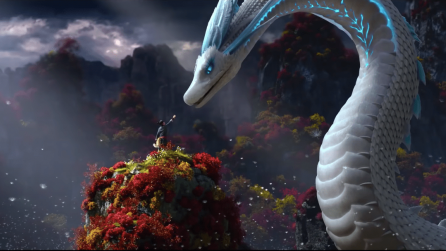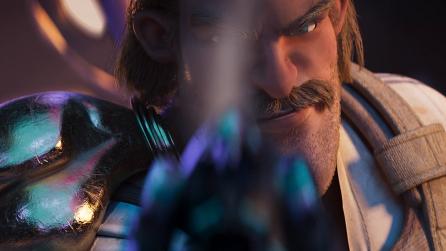Neville Freitas has always had a passion for technology.
Ever since he was a teenager, Neville spent his time disassembling computers and then trying to put it all back together. It’s this that first gave him insight into creating things from scratch.
From there, his passion continued to grow as he pored over any information he could get his hands on—from software manuals to online forums, he delved into the world of CG.
While Neville knew he wanted to pursue a creative career, he also shared a love for the more technical side of things, receiving a foundation in Maths and Science at school. Neville went on to do a Bachelor’s in Graphic Design, getting a scholarship for the coveted Masters in Digital Effects Course at Bournemouth University.
Now a Lighting TD at Industrial Light & Magic (ILM) in London, Neville’s career has spanned the past decade, beginning at Matchmove where he worked his way up the pipeline and found a love for lighting. Since then, he has worked on a wide range of big-name projects such as The Mandalorian, The Lion King, Wonder Woman and Star Trek Beyond—just to name a few.
We caught up with Neville to discuss his career as a Lighting TD, his tips and tricks for burgeoning artists and what he thinks the future holds for the visual effects industry. Plus, he gives us his opinion on the upcoming Katana 4.0 release.
Q: What project are you most proud of, and why?
A: In the last 10 years in the industry, I have worked on over 25 films big and small. Out of all of them, I think The Lion King would be one of the most fulfilling projects. The lighting team at MPC was certainly one of the best I have worked with. They had an extremely solid lighting pipeline built around Katana, that could scale up to thousands of shots and yet give us so much granular control on shot level. There were a lot of expectations for that film and it had to set the bar of visual effects to a certain level. It was a great experience working with some of the best artists in the industry.
Q: What’s your favorite thing about being a Lighting TD, working at ILM?
A: Getting into Lighting for me was a natural progression after years in the industry. It’s very technical and also extremely creative. In most cases, it is the final department in CG and I love having the overview and control over data coming from other departments, with the responsibility of making it look good.
There is a certain sense of fulfillment to see all the work from various departments finally come together as pixels on the screen. What I love the most is that there is a challenge to every shot and show—there is never a one size fits all approach. Be it plate-based work, where we have to work around the constraints of on-set lighting but still need to make the CG characters and environments look good, or the freedom of full CG work where we have total control to design the mood and feel of a shot.
Being a part of an institution like ILM is a textbook example of a dream come true. I remember as a kid rewinding and playing the VHS tape of Terminator 2 back and forth hundreds of times because my little mind could not fathom what sorcery was used to do those effects. Then when I saw Jurassic Park for the first time, that just sowed the seed of awe at the back of my mind—something that would grow naturally and unconsciously led me to make the career choices that brought me to where I am today. To be sat at my desk in ILM, surrounded by all the memorabilia and artwork does feel like an achievement, yet at the same time empowers me with this sense of responsibility to push myself harder with what I do.
Q: Given your experience in the VFX industry, what tech trends have you seen emerge over time, and how have these affected your approach to projects?
A: Look Development and Lighting in a production environment are quite different but always go hand-in-hand. I feel the ability to visualize the complexity of shading in an easier, more logical way is something all packages are trying to do, plus the ability to iterate faster. In terms of lighting, it’s scalability as well as having the choice of using whatever renderer is supported in the pipeline.
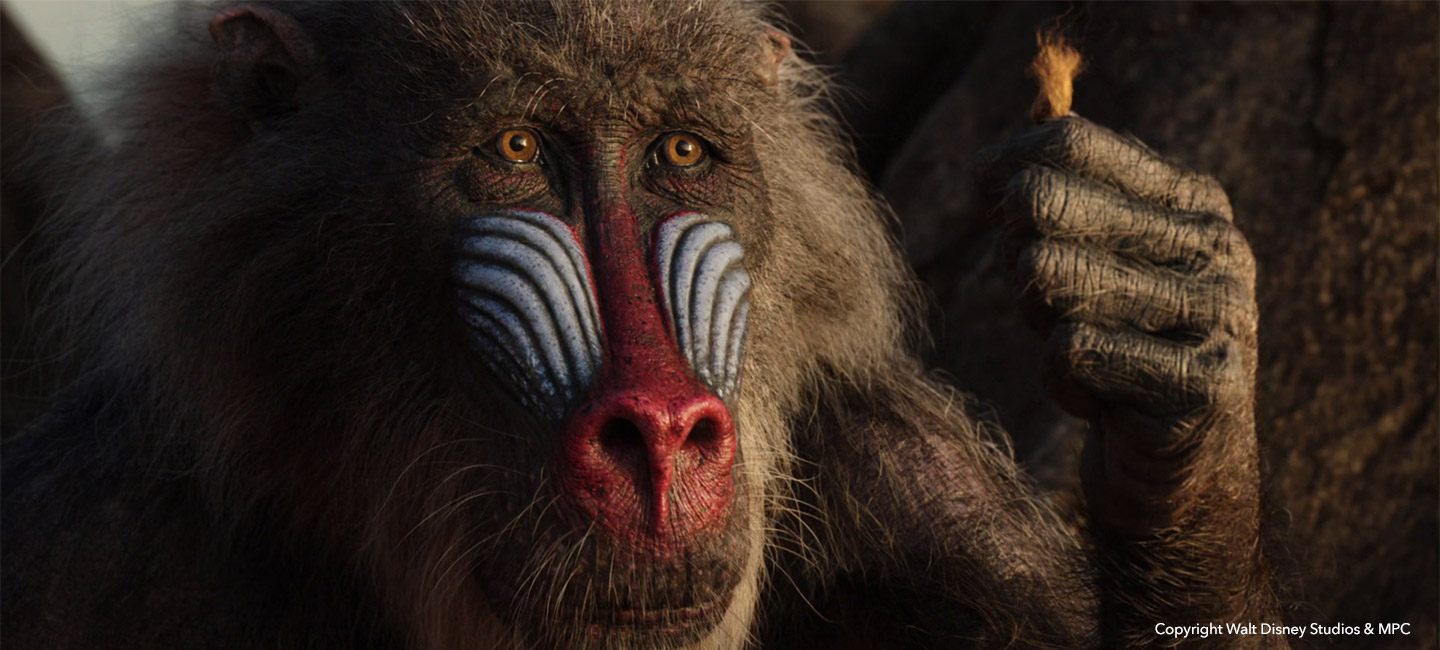
Q: Can you give some insight into your experience working with Katana? Do you use it in combination with any other software?
A: I use Katana daily in a very modular way, which means it allows me to take control of a project at show level down to shot level. I could be given a sequence to work on having 50 to 100 shots, I then break those into subsections or beats—these could be based on shots in the same lighting environment or camera angles. I then pick out key shots per beat and set up the lighting to them which propagate into each of the other shots they are a part of.
Katana almost works like a flowchart, allowing me to map out visually and in a very logical way while looking at very complex problems. After the first pass, where the shots are lit broadly, I use Nuke to assemble it all together.
To go one step forward, we also split the light contributions of each light into separate AOVs, this way I can render a whole sequence overnight using various sequence level gaffers. Then in Nuke, I use our tools to balance the lighting—exposure controls, key to fill ratios, turning off unwanted lights, light tinting—and present them all together in dailies for feedback. Once I get feedback, these Nuke level changes can then be rolled into Katana very quickly and then baked into the renders for compositing.
To do this any other way I feel is a waste of time and resources. In the past, linear workflows would require tons of artists working on multiple lighting scenes with no way of communicating between shots, had a high margin of error and a lot of manual work. With Katana, a team of fewer artists can very easily handle hundreds of shots.
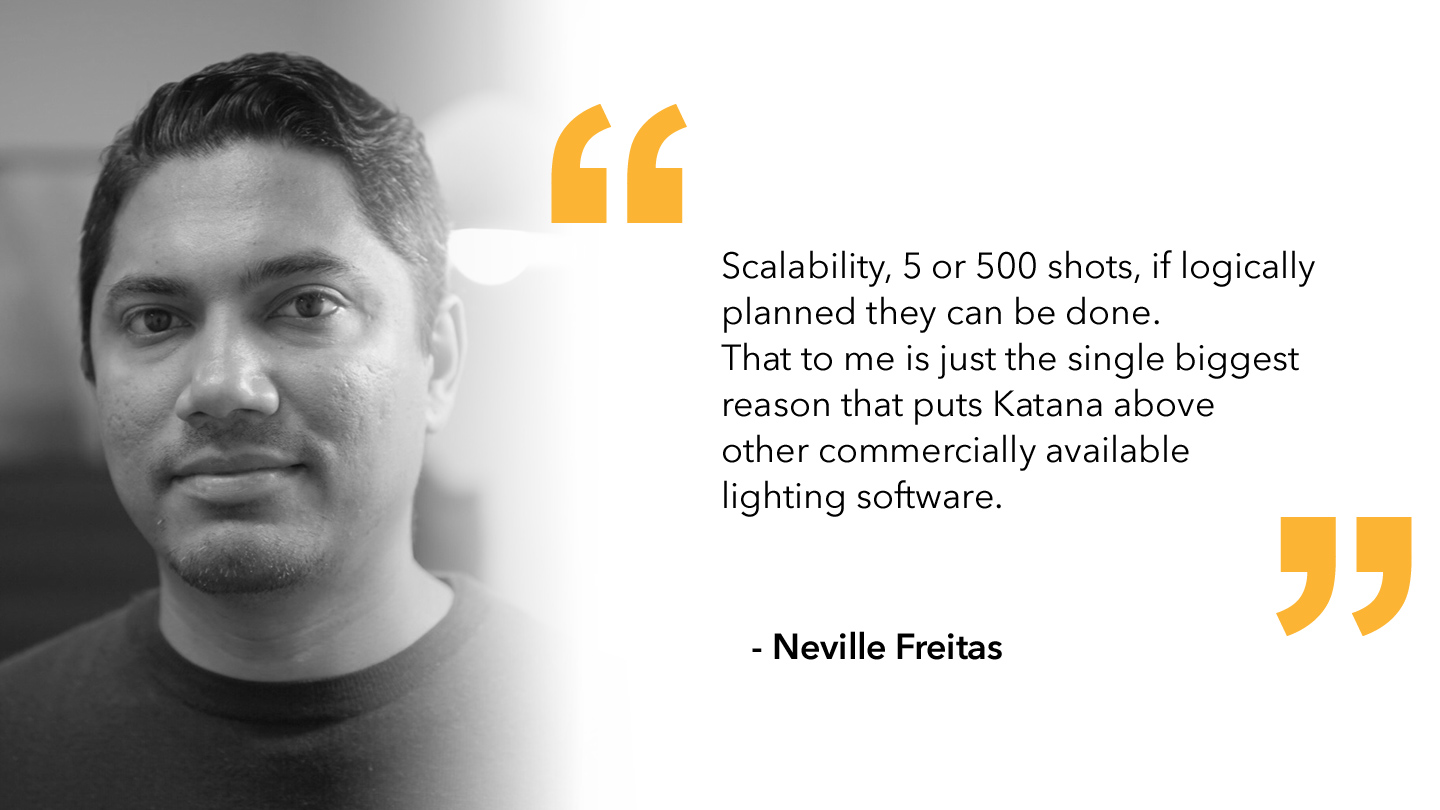
Q: How does Katana complement your role as a Lighting TD?
A: I’ll break down the things I really like:
- Scalability, 5 or 500 shots, if logically planned they can be done. That to me is just the single biggest reason that puts Katana above other commercially available lighting software.
- Set up time is minimal—Recipes and workflows are all templateable. I usually have a set show template that can be saved and reused, these can be managed by setting show level standards for render parameters, or to set up collections and to populate render passes with live groups.
- Using Live Groups decreases the margin of error considerably, as one person can take control of the technical and setup aspects of the show. Then, as the show goes through different stages, they can update and refine things non-destructively. These parameters would then automatically filter down to all the artists working on the show.
- I usually save new workflows or repetitive tasks, such as camera projection setups or the ability to read in undistorted neutral graded plates for shots into groups, these then go back into my master recipe file for the next show. This lego logic-based approach can let me set up a sequence for a show in a matter of hours.
- Simple things, like backdrops and the ability to put notes in Katana, makes it easier to debug shots and pass on templates to new users joining the show. It makes it easier for them to understand what is going on at each step of the template.
- Having lightweight files as everything is deferred, meaning I don’t have to wait for a long time until I can access my work—only to realize that everything has to be hidden and unhidden to be able to do basic tasks.
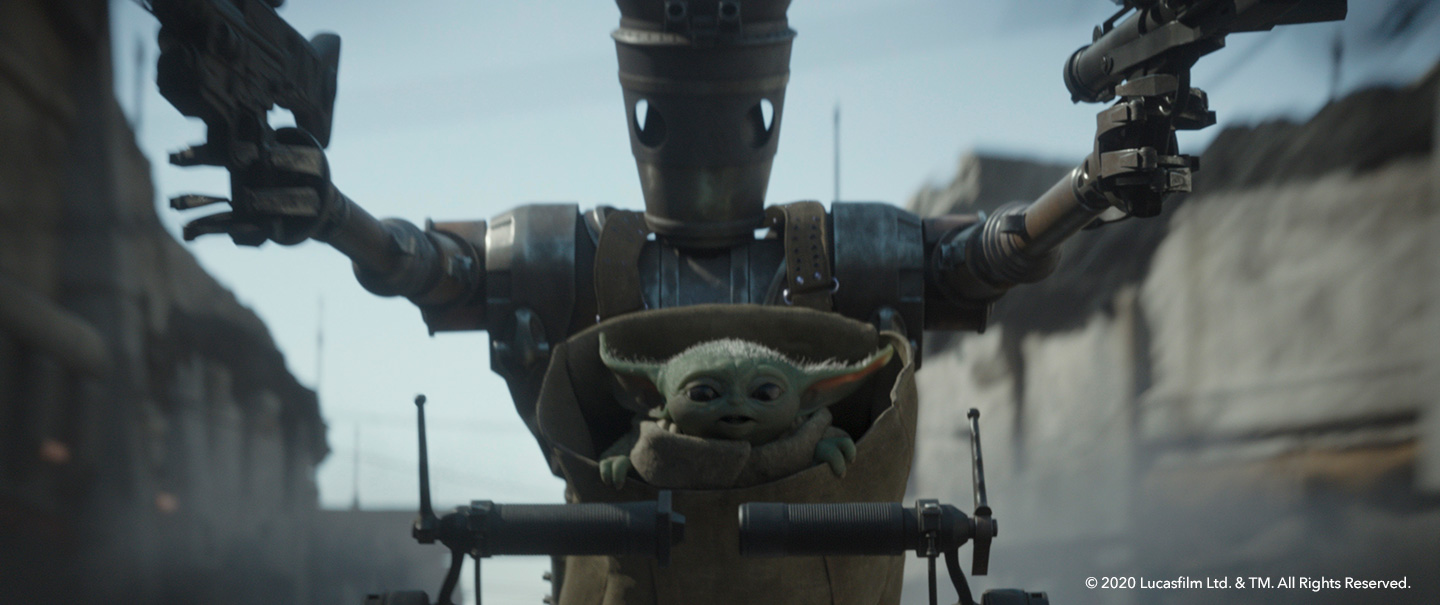
Q: You’ve been using Katana for quite a while now. How has its evolution helped or improved your workflow?
A: Live Groups, customizable interactive render filters and the ability to reconfigure asset hierarchy paths inside Katana quicken my setup time and allow me to get to lighting sooner than any software. Foundry does a great job of liaising with all their clients and working on the things holding artists back.
Each iteration of the software seems to chip away at all the problems artists face—be it applying materials to facesets, a more responsive hydra viewer to manipulate lights, or being able to see assets in texture view, makes it so much easier and faster to light and debug.
Q: With the unveiling of Katana 4.0, are there any features that you’re particularly looking forward to trying out?
A: Multiple simultaneous rendering is one of the most innovative features I have seen in a while, and shows the robustness of using a node-based lighting package. I love working at sequence level as much as I can. At any given time I could be working on multiple shots or lookdeving assets in different lighting environments. The ability to make a change and see that change in real time across all shots or assets is just an absolute game-changer for me. This will save lighting artists immense amounts of time as we won’t need to jump between shots and have to wait for scene traversal time and getting to the pixels per shot. I am quite excited about this feature and its future expansions.
Q: What opportunity for Look Development do you find in Katana that you do not find in other tools?
A: Even once the approved lookdev is published, clients and supervisors want to be able to make changes on the look of materials and shaders. In short form or TV work, sometimes this can be in the last few weeks of delivery and we won’t have the time or manpower of going back to lookdev.
With Katana, being able to expose parameters from texture driven controls to being able to override shader parameters like roughness or iridescence, gives us granular control on the look of assets at shot level. In one scenario, there was a need to have different blood and damage across different shots, going back to lookdev in the last weeks of delivery could jeopardize other shots—it was not ideal—so instead, we did these fixes at shot level with exposed parameters on the lookdev. This also helped us to plan ahead, especially when working on creature-based projects.
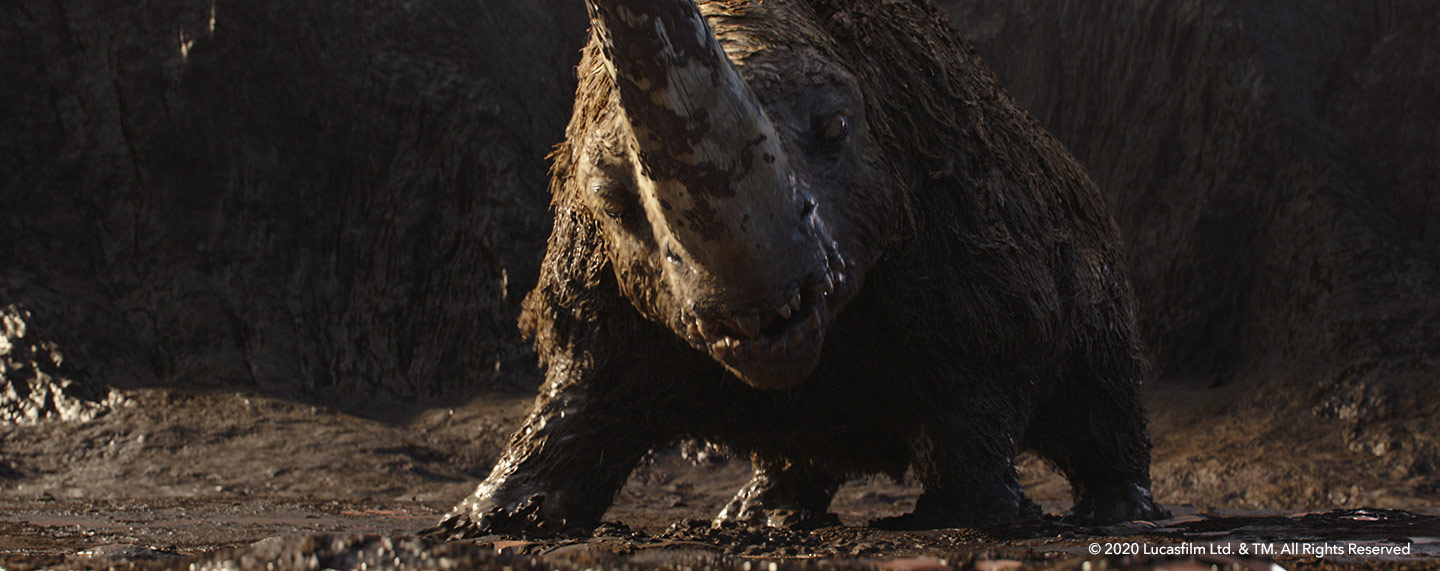
Q: Do you have tips and tricks for burgeoning artists looking to invest in Katana for look development and lighting?
A: Personally, as an artist, I would love Katana to be the de-facto standard lighting software package across different VFX studios, which seems to be the position of Nuke in the industry. This would help lighting/lookdev artists retain their skill sets and hone in their knowledge of the software and be very productive. This is also good for companies, as they wouldn’t have to re-train or take the risk of hiring artists who are not proficient with their in-house lighting tool.
I think Katana is a great first tool to learn for a Lighter as well as for Look Development because of its node-based approach to learning. Unlike other software where it’s vital to know where each button and menu is, it’s easy to build node graphs and mini templates to import assets, cameras, build shading networks then assign and render them. These templates can then further be improved or built on to learn more advanced techniques. What's great is that once built they can be reused for other projects as well. This helps a beginner to learn the ropes and understand the building blocks for lookdev and lighting.
When I started using Katana there was very limited if any training available, all I had was the 2.5 release notes and a lot of questions for my lead whilst on the job. The familiarity with Nuke made me pick it up very fast. I remember coming in from a non-node-based software to delivering shots in a week because, like Nuke, it's a very logical software and the dataflow is very easy to understand and debug.
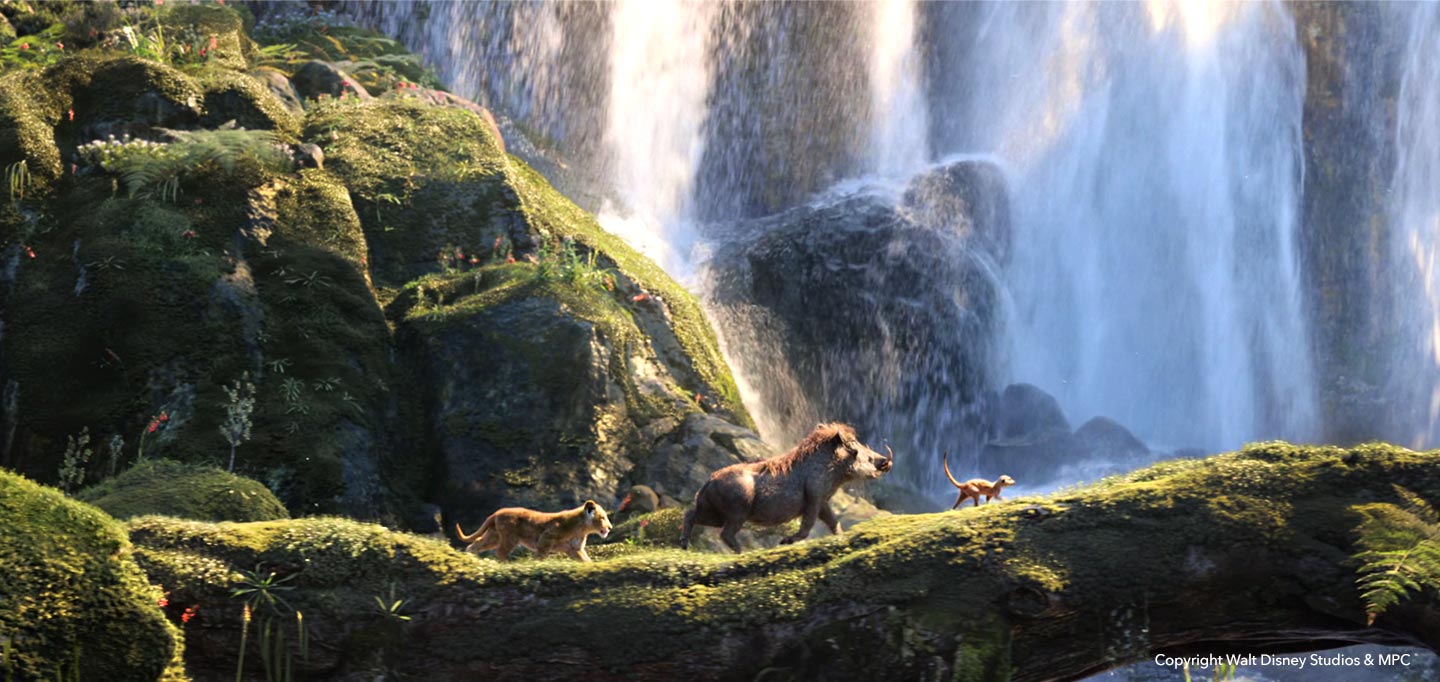
Q: Do you have any wider tips for artists looking to break into the VFX industry, and specifically look development and lighting?
A: VFX is a very competitive and highly challenging industry; knowing just one skill does not guarantee the chance of landing a job. The best advice I would give anyone looking to break into the industry is to start by spending time working out how each department fits together, whilst at the same time specializing in something that you feel is your strongest area. The best way to do that is to do personal projects. This does not have to be a fully completed photoreal shot. It could be integrating a simple asset into tracked footage then lighting and compositing it.
Always sketch out your ideas, even if it's a scribble or a photobash. Doing that one step will take an idea in your head into the practical realm, which would let you realize if it is possible and give you a brief glimpse of what you need to make it look like a finished product.
If you are looking to specialize in lighting, spend some time studying the work of cinematography in cinema and the techniques that are used to create a certain mood for a shot. A good example would be to pick up frames from any of Roger Deakins’ films and deconstruct the lighting setups that were used on set to create a certain look. This could help you with your demo reel if a comparison setup of a frame vs the reconstruction in CG is shown.
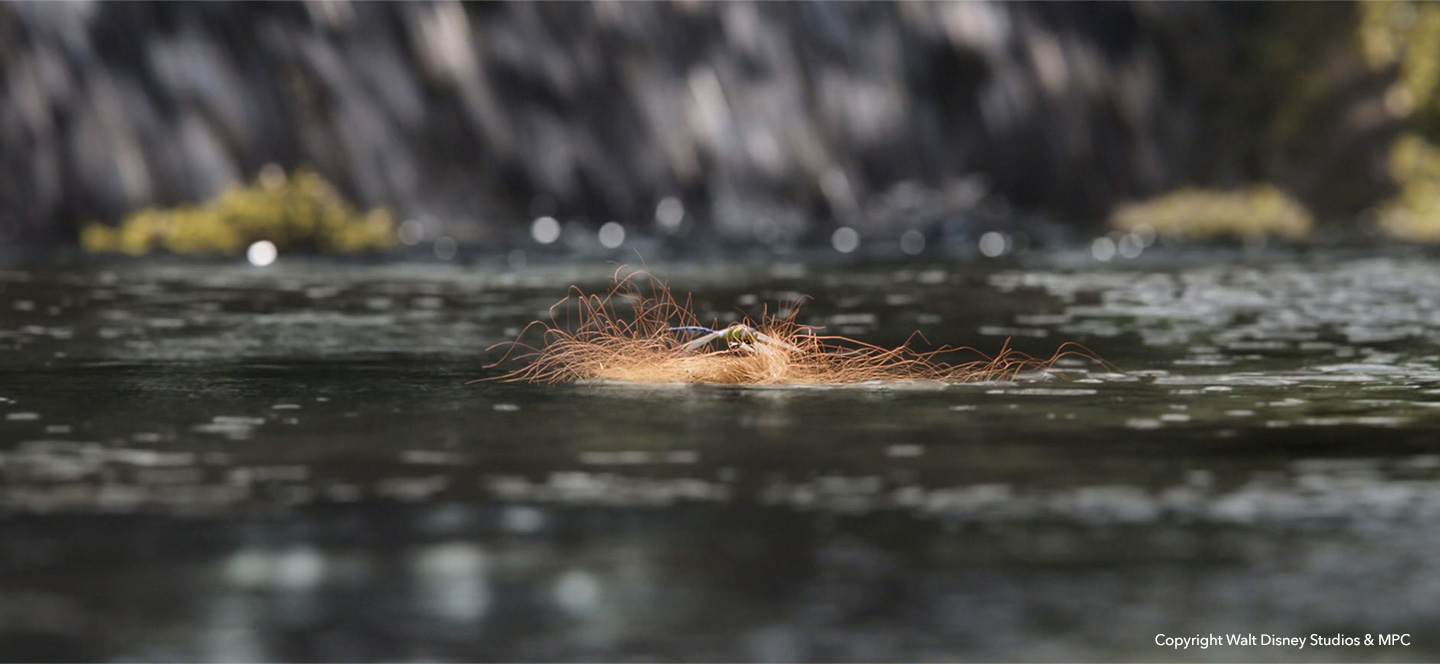
Q: What do you think is in store for the future of look development and lighting? How does Katana fit into this, in your opinion?
A: The industry is evolving almost every 6 months. In the past 10 years, I have seen things that were practically unrenderable or the inability to create physically plausible materials to match their real-world counterparts, hence there was always a cheat to get there. Now, you can render those things in real time.
What has gone the other way is the immense complexity of shot work and a highly compressed schedule to deliver projects.
In terms of Lighting and Lookdev in a production environment, the ability to iterate faster and in parallel is the future—be it having different variations in lookdev to show for approval much faster or have materials that could work across renderers.
Being able to deliver huge amounts of shots with modular control without having armies of people chipping away. Having color workflows that unify the work across a pipeline or the industry.
We’re seeing a convergence of various technologies that are becoming the industry standard. USD for passing on data across software is in itself a huge problem being solved. Katana will definitely be at the forefront as it incorporates most of all the technologies above in some shape or form.
